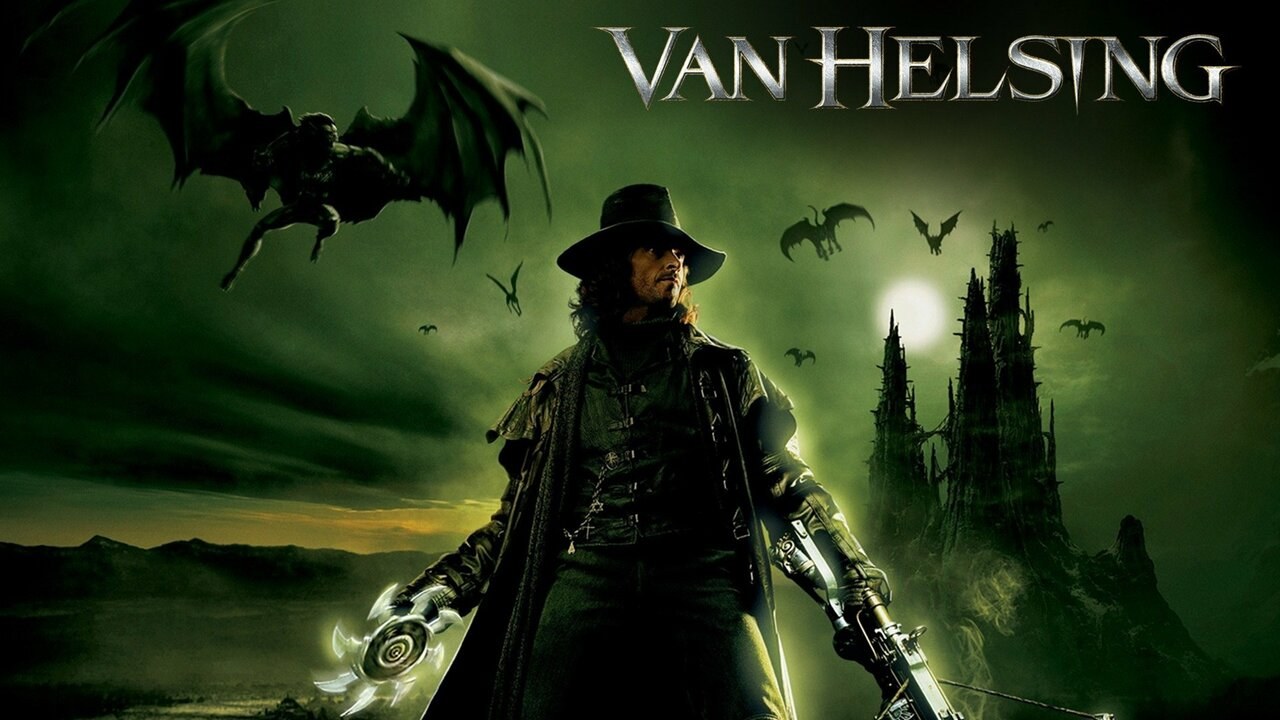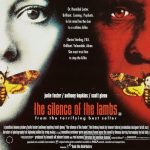Van Helsing (2004)

Released in 2004 and directed by Stephen Sommers, “Van Helsing” is a fantastical homage to the classic horror genre, bringing together iconic monsters and a daring hero in a thrilling adventure. Set against the backdrop of 19th-century Europe, the film combines action, horror, and fantasy elements to create a cinematic spectacle that appeals to audiences of all ages.
The plot follows the legendary monster hunter Gabriel Van Helsing, portrayed by Hugh Jackman, as he is tasked by the Vatican to rid Transylvania of its ancient evil. Accompanied by Anna Valerious (Kate Beckinsale), a fierce and determined warrior seeking to avenge her family, Van Helsing embarks on a perilous quest to vanquish Count Dracula (Richard Roxburgh) and his malevolent creatures that threaten humanity.

From the outset, “Van Helsing” captivates viewers with its lavish production design and atmospheric visuals. The Gothic architecture of Transylvania’s castles and villages, juxtaposed with mist-shrouded forests and ominous landscapes, sets a tone of foreboding and mystery. The cinematography by Allen Daviau enhances the film’s dark and moody aesthetic, invoking a sense of nostalgia for classic horror films while employing modern techniques to amplify the visual experience.
Central to the film’s appeal are its memorable characters and their dynamic interactions. Hugh Jackman’s portrayal of Van Helsing imbues the character with a rugged charm and steely determination, while Kate Beckinsale brings depth to Anna Valerious as a courageous and resourceful heroine. Their partnership evolves from initial skepticism to mutual respect and camaraderie, driving the narrative forward amidst the relentless onslaught of supernatural adversaries.

The film pays homage to Universal Pictures’ classic monster films by featuring iconic creatures such as Count Dracula, Frankenstein’s Monster (Shuler Hensley), and the Wolf Man (Will Kemp). Each monster is reimagined with a blend of practical effects and CGI, showcasing intricate creature designs and elaborate prosthetics that emphasize their otherworldly origins. These monsters serve not only as formidable adversaries but also as tragic figures grappling with their own existential dilemmas—a theme that adds layers of complexity to the story.
“Van Helsing” is distinguished by its exhilarating action sequences, which are choreographed with precision and flair. From intense hand-to-hand combat to breathtaking aerial battles and heart-pounding chases, each set-piece is crafted to maximize excitement and suspense. The film’s use of CGI for larger-than-life spectacles, such as the climactic showdown atop a crumbling castle, further heightens the sense of spectacle and grandeur.

Beyond its visual and narrative elements, “Van Helsing” explores themes of redemption, sacrifice, and the eternal struggle between good and evil. Van Helsing himself is haunted by a mysterious past and a relentless pursuit of absolution, making his quest not only a mission of extermination but also a personal journey of self-discovery. Similarly, Anna Valerious confronts her family’s legacy and her own role in the battle against darkness, forging a path of courage and resilience amidst seemingly insurmountable odds.
In conclusion, “Van Helsing” (2004) stands as a testament to the enduring allure of classic monsters and Gothic storytelling in cinema. Through its blend of action-packed adventure, atmospheric world-building, and compelling character dynamics, the film pays homage to its genre roots while offering a fresh and thrilling interpretation for contemporary audiences. With its charismatic performances, stunning visuals, and thematic depth, “Van Helsing” remains a beloved entry in the pantheon of cinematic adventures, inviting viewers into a world where heroes clash with monsters and legends are born anew.










